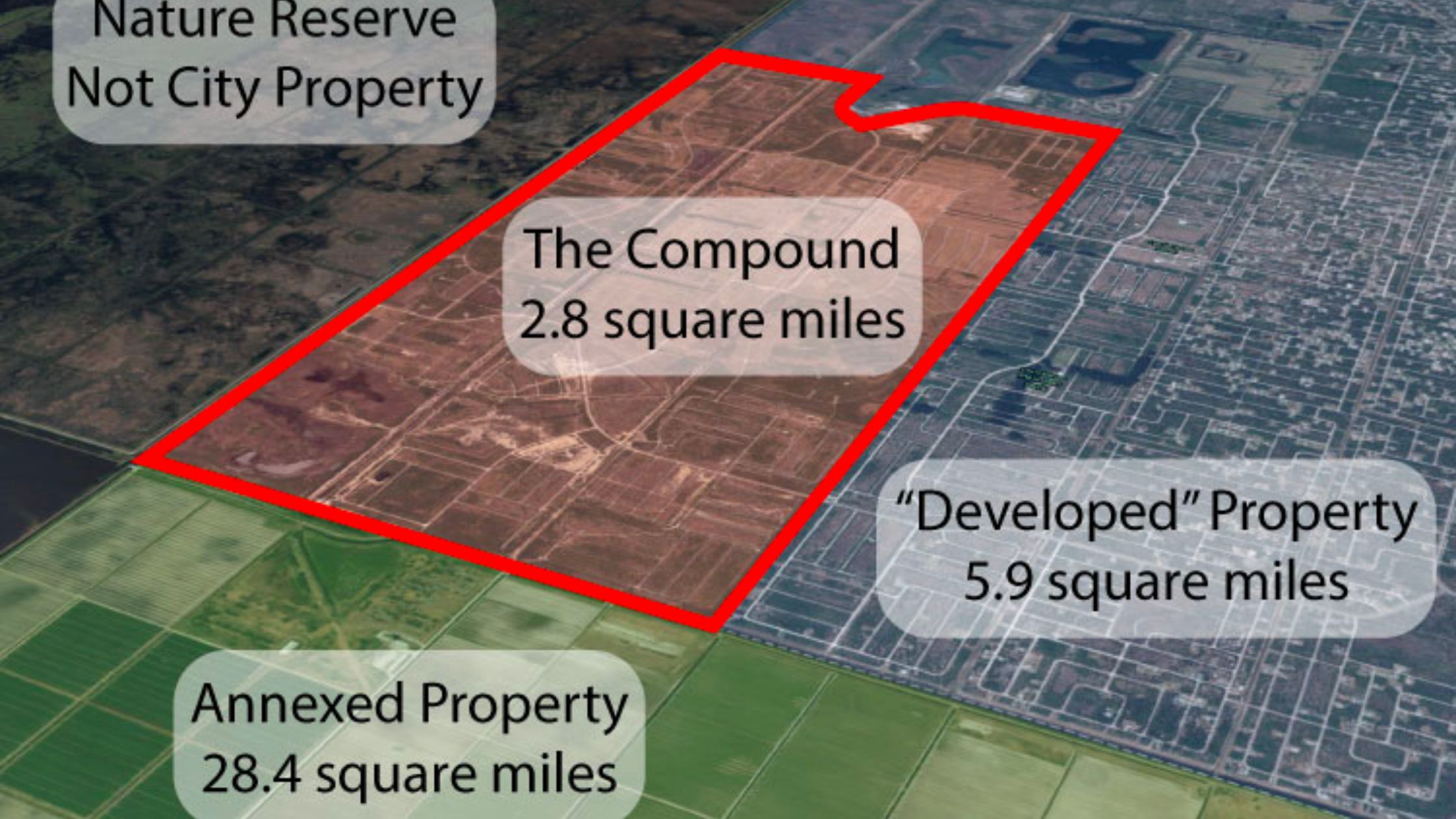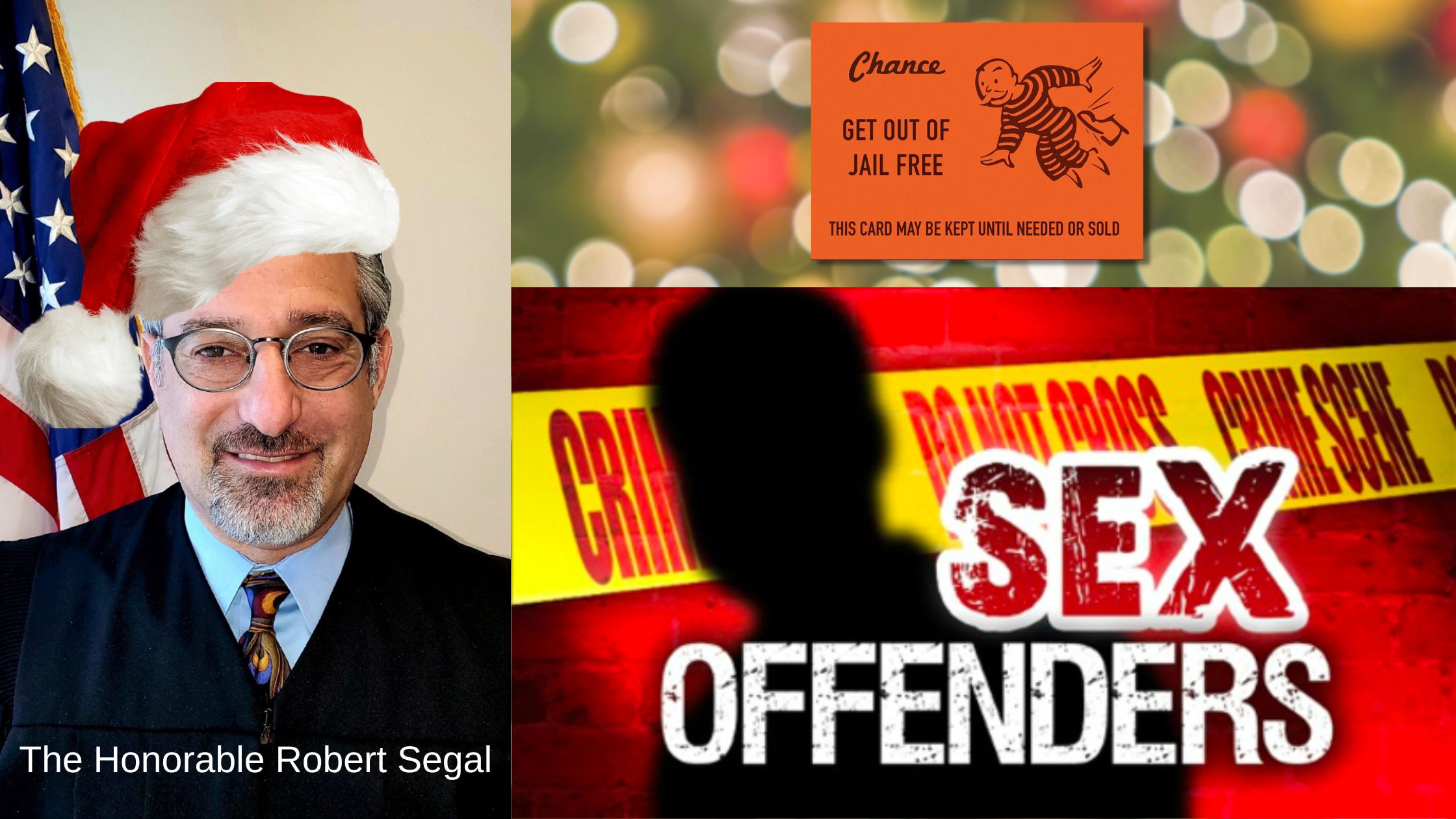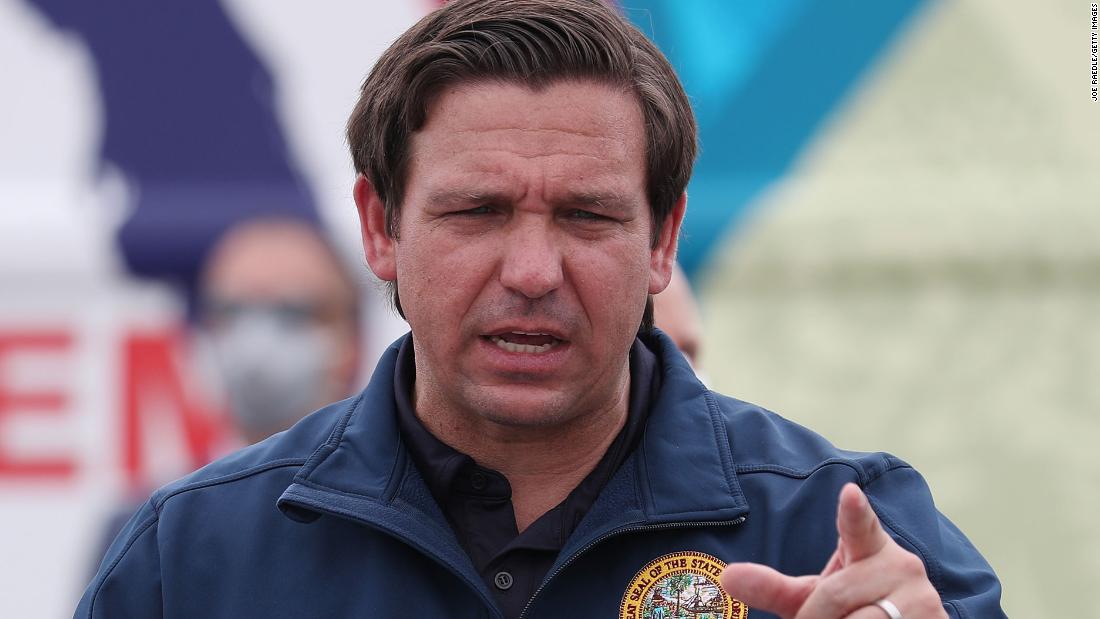This column by MJ Waters posted on FloridaToday.com provides an excellent account of how much money has been collected to date, where the funds are being focused, and progress on several projects.
January 2020 marks the third year of the massive undertaking to save the Indian River Lagoon, and progress is gradually and steadily being made. Restoration of this magnitude is a marathon — 50 years of pollution cannot be removed in a matter of months. But with the community’s commitment and persistence, our waterways can be brought back to health.
In November 2016, citizens of Brevard County took bold steps unlike no other Florida community. Voters overwhelmingly said “yes” to establish the Save Our Indian River Lagoon Trust Fund with a half-cent sales tax to heal our lagoon. Currently the fund has collected more than $125 million, nearly a fourth of which is contributed by tourists. Over the 10-year life of the project, it is expected to raise more than $400 million.
Approximately half of the funding involves reducing excess nutrients that flow and seep into the lagoon and cause algae overgrowth. The funding includes converting old septic systems to sewage treatment or upgrading wastewater and septic systems to more efficient and modern systems. The county and cities have begun removing and upgrading outdated septic systems in Rockledge, Melbourne, Sykes Creek and Merritt Island. By the end of 2019, more than 160 septic systems had been converted.

To further reduce pollution reaching the lagoon, dozens of stormwater discharges are being retrofitted with a variety of above-ground and underground treatments. ”Denitrification” systems and “baffle boxes” are being installed in multiple locations from Titusville to Melbourne. Baffle boxes trap debris, trash, and other pollutants from stormwater that flows off streets into storm drains after heavy rains, keeping that debris from flowing into the lagoon. One of the baffle boxes under construction is the largest east of the Mississippi.
Another third of the money goes to removing decades of pollution that created millions of cubic yards of muck on the bottom of the lagoon. Dredging out the muck restores the natural bottom and helps bring back sea grasses and fish habitat. Major muck projects in Turkey Creek and Mims are complete, and others are underway in Grand Canal and Cocoa Beach. Projects in Sykes Creek, Indian Harbor Beach, near Titusville and along the Eau Gallie Causeway are in design, permitting or bidding phases.
The remaining dollars go to restoring natural filtration, measuring success and responding to new information and opportunities. Because oysters filter up to 30 gallons of water a day in the wild, oyster bed construction is happening in many areas of the lagoon. These new reefs are being seeded with live oysters grown by over 1,300 citizen scientists who are raising baby oysters under their docks. More than 3.7 million pounds of oyster shells have been recycled to seed the new reefs. Oysters are back in the lagoon for the first time in over 50 years. In addition, native plant shorelines are being reestablished in the Banana River, Cocoa Beach, Marina Isles and Palm Bay.
How was the plan developed? Brevard County assembled a team of expert scientists to create a comprehensive plan to reduce and remove pollutants, restore natural filters (oysters, mangroves) and respond to new technologies and approaches over the ten years of funding. Local cities and communities submit projects for matching funds, with the quickest and most cost-effective given priority. A citizen oversight committee reviews each project to approve or deny it before the Brevard County Commission gives final approval.
All of these projects, plus your active choice to engage in individual lagoon-friendly lifestyles, can help the lagoon return to vibrancy, beauty and health. Eighteen projects are complete so far. Sixty-four more are underway. Every project is progress in the comeback of the lagoon.
The Brevard Indian River Lagoon Coalition was borne from the citizen’s outpouring of support for the lagoon in the ballot initiative of 2016. Our work goes on today, providing guidance and support for our lagoon partners, and educational outreach to the public. Come to our next public forum, “Lagoon Straight Talk,” at 5:30 p.m. Jan. 22 at Satellite Beach High School. Get an up-to-date report on progress with the cleanup, and a look into the future projects that will benefit the lagoon.
For more information: HelpTheLagoon.org.





